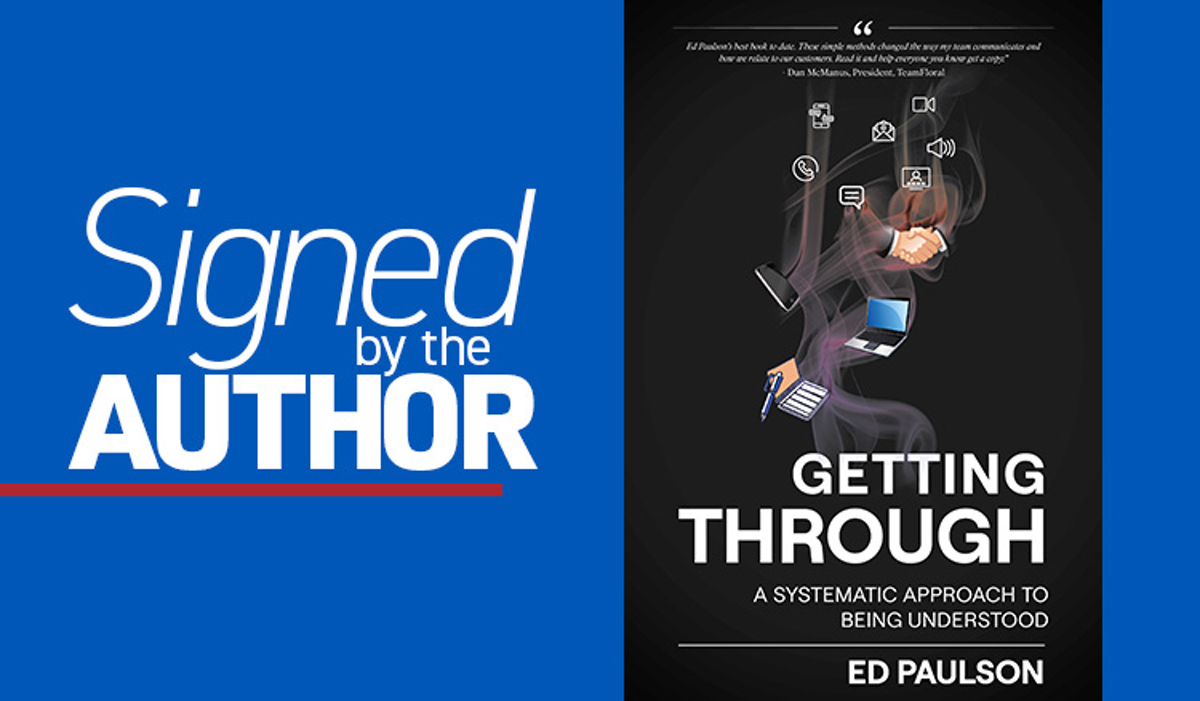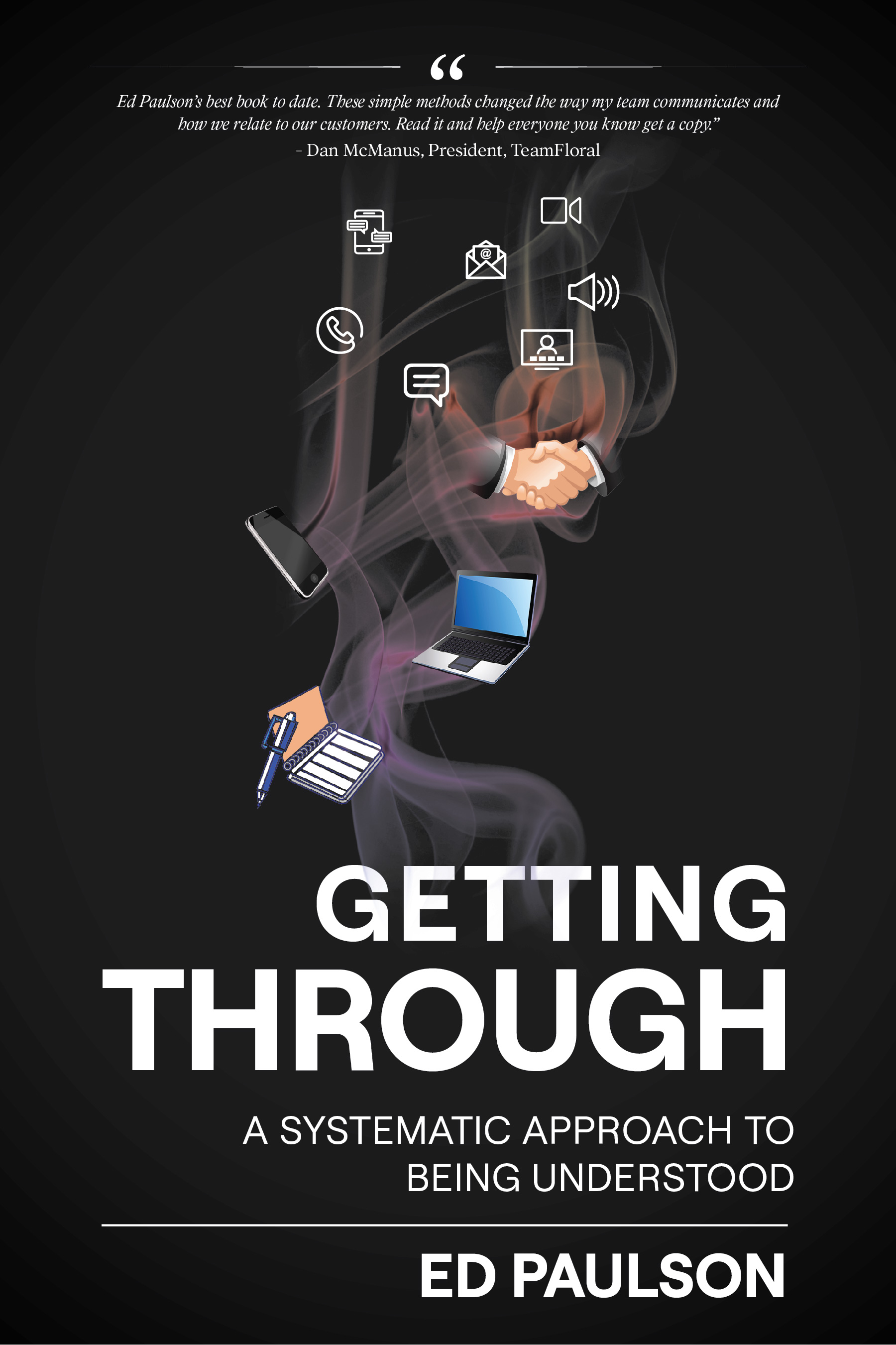 (DePaul University/Jamie Carrion)
(DePaul University/Jamie Carrion)
Getting Through: A Systematic Approach to Being Understood
By: Ed Paulson, School of Continuing and Professional Studies
Did you know that the media you use to deliver a message can change how it is interpreted by others? That's right! You spend time crafting the best possible message to deliver to someone, only to find out that their interpretation of the message does not match what you meant! It is frustrating when it happens and often can cause negative fallout that can be hard to correct.
Effective communication is hard to do, even under the best of circumstances, and when you communicate across nations, languages, cultures and various technologies, all kinds of things can go wrong. That is where using a systemized approach to evaluate the method of message delivery is so important and little understood. In a few hours you can learn an approach to communication that you will apply for years into the future.
Combining theoretical concepts with practical, real-world experience creates a systemized approach to determining the proper media to use for a given communication situation. Using this method best ensures that the great message you created is understood properly, making it more likely to get the cooperation you seek.
Who or what inspired you to write this book?
My DePaul students inspired me to write this book. I was teaching undergraduate organizational communication courses, using another author's book as the text, and my students regularly told me, "Ed, you're an author. You should write your own book." So I did. They even reviewed the earlier copies for me, making the book contents and the courses even better.

When I see how much discord there is in the world, based on fractured communication, I felt compelled to get this book out there with the hope that, by using the approach outlined, we can get less discord and more understanding. Much is possible when we more fully and better understand each other.
What's the most surprising thing you learned while writing this book?
Every time I write a book, I am always surprised at how much detailed work is involved with converting my ideas into a written manuscript that others can read, understand, apply and enjoy. It all starts with knowing who I am writing for, and in this case that was made easier by my extensive interaction with the hundreds of SCPS students who have taken my business and communication courses over so many years. They and their peers are my target audience, and I was continually surprised how often one of my students would come to mind as I was writing a sentence or paragraph. We continually touch and enrich each other's lives, and there is no doubt that my students helped me target my writing.
Persuade someone to read your book in less than 50 words
Texting, talking, meeting and email are not interchangeable. They are each best used for different situations. If you have ever sent someone a text and had them say, "Why didn't you call me on that?" or received an email that caused you to immediately call the sender to give them an earful, then this book is for you.
About the author:
Ed Paulson is part-time faculty in the School of Continuing and Professional Studies, developing and teaching courses in organizational communication, entrepreneurship, general management, financial analysis and research.
He is also the author of more 15 published books, including "The Complete Idiot's Guide to Starting Your Own Business," which has sold more than 200,000 copies.
Paulson has been in professional communication for more than 40 years, working in sales, marketing, national account, engineering, public relations and general management positions in Silicon Valley, Austin and Chicago. Through his company ProChango, he offers his experience to leaders by way of books, business consulting, leadership coaching and seminars.
Publisher and publication date:
ProChango, June 2023
Signed by the Author allows DePaul faculty and staff to introduce their recently published or upcoming book or chapter to the university community. See more books published by faculty and staff in
the Signed by the Author column.